Introduction to Tribology
Foreword. Preface. 1 Introduction. 1.1 De.nition and History of Tribology. 1.2 Industrial Signi.cance of Tribology. 1.3 Origins and Signi.cance of Micro/Nanotribology. 1.4 Organization of the Book. References. 2 Solid Surface Characterization. 2.1 The Nature of Surfaces. 2.2 Physico-Chemical Characteristics of Surface Layers. 2.3 Analysis of Surface Roughness. 2.4 Measurement of Surface Roughness. 2.5 Closure. References. Suggested Reading. 3 Contact between Solid Surfaces. 3.1 Introduction. 3.2 Analysis of the Contacts. 3.3 Measurement of the Real Area of Contact. 3.4 Closure. References. Suggested Reading. 4 Adhesion. 4.1 Introduction. 4.2 Solid-Solid Contact. 4.3 Liquid-Mediated Contact. 4.4 Closure. References. Suggested Reading. 5 Friction. 5.1 Introduction. 5.2 Solid-Solid Contact. 5.3 Liquid-Mediated Contact. 5.4 Friction of Materials. 5.5 Closure. References. Suggested Reading. 6 Interface Temperature of Sliding Surfaces. 6.1 Introduction. 6.2 Thermal Analysis. 6.3 Interface Temperature Measurements. 6.4 Closure. References. 7 Wear. 7.1 Introduction. 7.2 Types of Wear Mechanisms. 7.3 Types of Particles Present in Wear Debris. 7.4 Wear of Materials. 7.5 Closure. References. Suggested Reading. 8 Fluid Film Lubrication. 8.1 Introduction. 8.2 Regimes of Fluid Film Lubrication. 8.3 Viscous Flow and Reynolds Equation. 8.4 Hydrostatic Lubrication. 8.5 Hydrodynamic Lubrication. 8.6 Elastohydrodynamic Lubrication. 8.7 Closure. References. Suggested Reading. 9 Boundary Lubrication and Lubricants. 9.1 Introduction. 9.2 Boundary Lubrication. 9.3 Liquid Lubricants. 9.4 Greases. 9.5 Closure. References. Suggested Reading. 10 Micro/Nanotribology. 10.1 Introduction. 10.2 SFA Studies. 10.3 AFM/FFM. 10.4 Atomic-Scale Simulations. 10.5 Closure. References. Suggested Reading. 11 Friction and Wear Screening Test Methods. 11.1 Introduction. 11.2 Design Methodology. 11.3 Typical Test Geometries. 11.4 Closure. References. Suggested Reading. 12Tribological Components and Applications. 12.1 Introduction. 12.2 Common Tribological Components. 12.3 Microcomponents. 12.4 Material Processing. 12.5 Industrial Applications. 12.6 Closure. References. Suggested Reading. Problems. Appendix Units, Conversions, and Useful Relations. A.1 Fundamental Constants. A.2 Conversion of Units. A.3 Useful Relations. Index.
{{comment.content}}
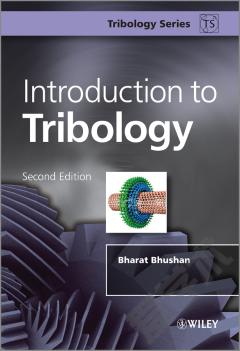

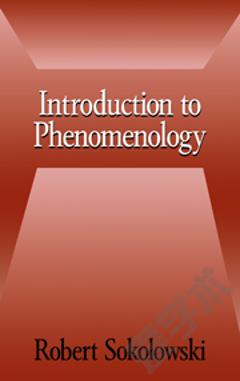
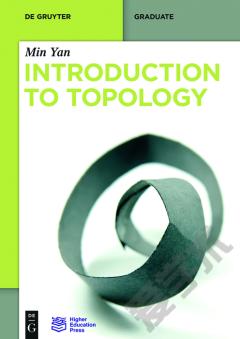
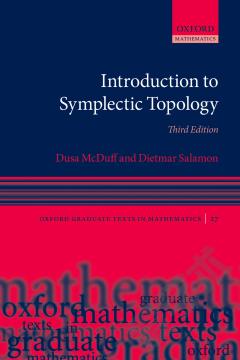
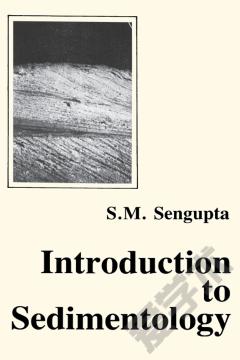


 京公网安备 11010802027623号
京公网安备 11010802027623号